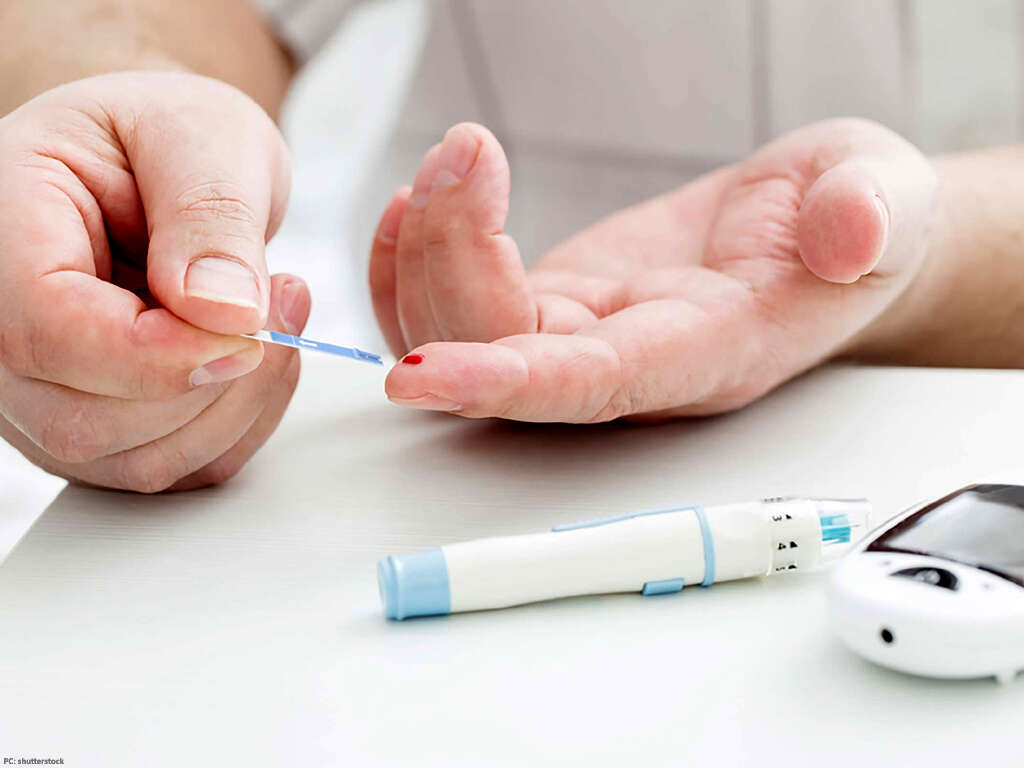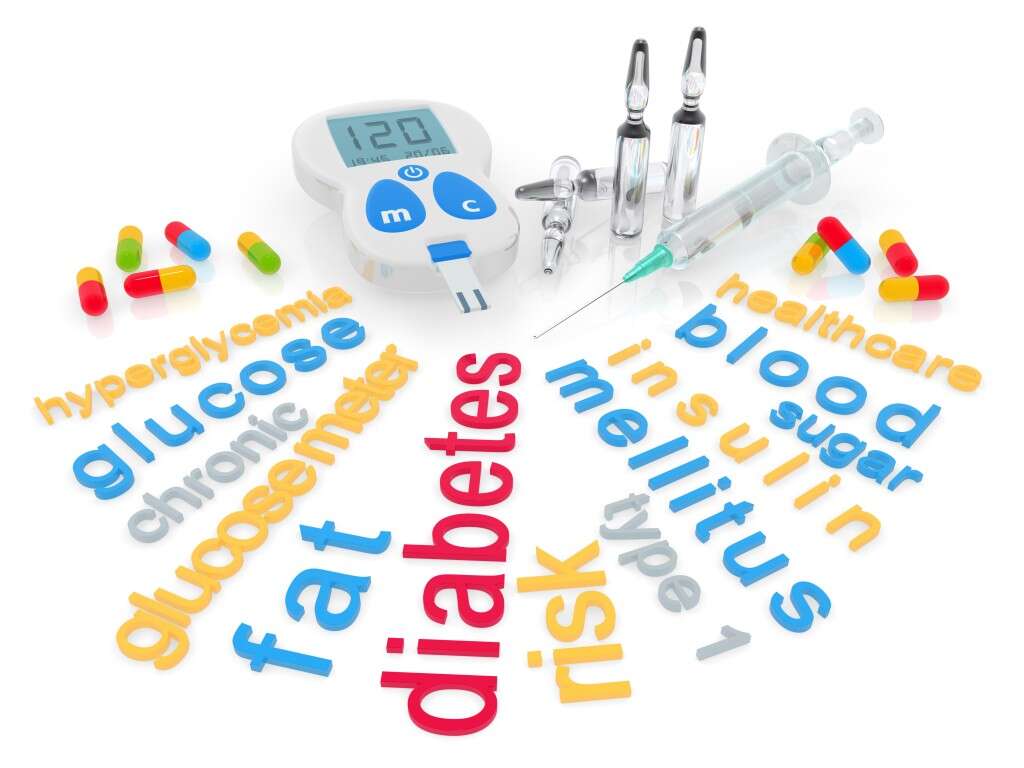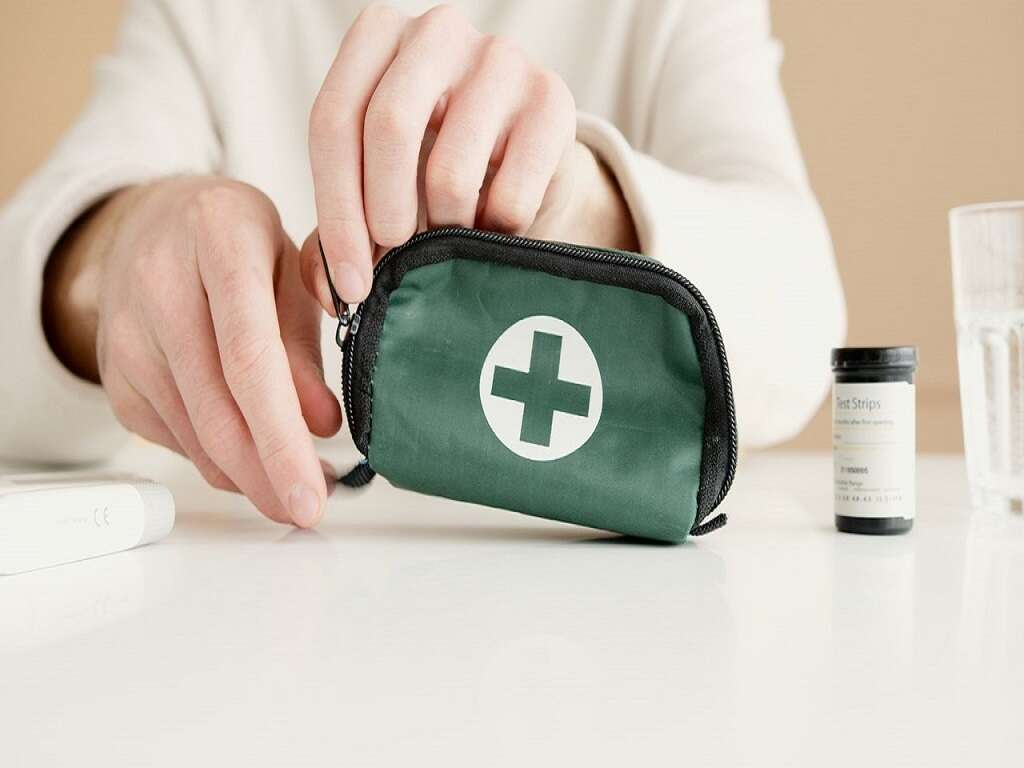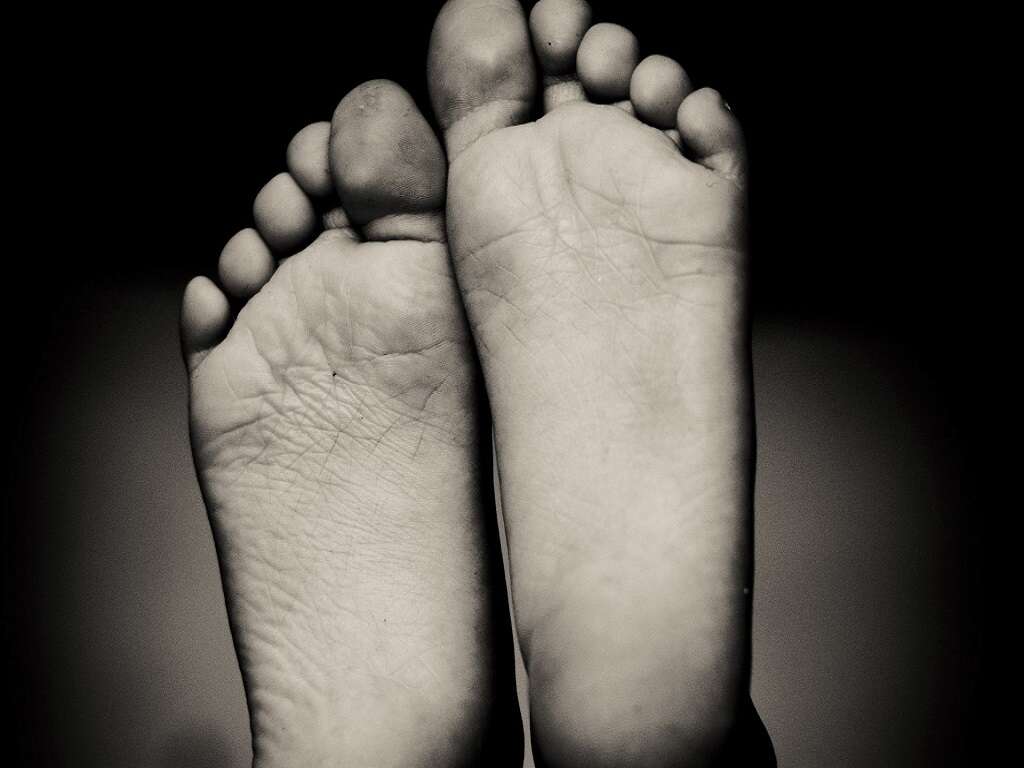10 Type 1 Diabetes Symptoms
Glucose is a very important source of energy for us. It is found naturally in a wide range of foods, while modern diets also often include a lot of processed glucose. While a lot of glucose can be very fattening, a hormone known as insulin is usually able to regulate just how much sugar there is in our blood.
Type 1 diabetes is a condition where the body is unable to produce any insulin, rendering the patient unable to regulate their bloodstream. This results in fluctuations of sugar levels in the blood, and this can result in a range of unwanted symptoms.
Diabetes is potentially dangerous, so it should be treated seriously. Here are 10 type 1 diabetes symptoms to be aware of.
Symptom #1: Bed Wetting in Children
Most children learn not to wet the bed at a fairly young age, although it can take some longer than others. There are numerous reasons why certain children might continue to wet the bed and these reasons can be psychological or physical. It can also be down to type 1 diabetes.
Bed wetting among children is fairly common so it is unlikely to cause alarm. If it does start happening in children who wouldn’t usually wet the bed, though, then it can be a sign that they are not well. It is advisable to take them to a doctor to try and find the underlying cause so they can get treatment.
Symptom #2: Weight Loss
There is a lot of pressure from society regarding weight loss. While a lot of the pressure is for esthetic reasons, there are also genuine health concerns over being too large. That said, it can also be dangerous for people to not be large enough.
Although many people will be happy to lose weight, it can be dangerous to lose too much too quickly. There should also be a cause for concern if you have lost weight without intending to. If you are losing a lot of weight without explanation, you should arrange to speak with a doctor as soon as you can.

Symptom #3: Blurred Vision
It is common for people to begin to lose their sight as they get older. Once sharp focus can become blurred making it difficult to see things as clearly as before. It is something that usually only happens very gradually and it is often fixed with spectacles or contact lenses.
Such loss of sight should only happen very gradually though, over a number of years in fact. If it happens suddenly then there is a good chance that something is wrong. There are various factors that could cause blurred vision and type 1 diabetes is one of them. It can lead to permanent damage, so it should be treated as quickly as possible.
Symptom #4: Excess Hunger
Feeling hungry is very natural. It is necessary as it helps to ensure our bodies get the nutrition that they need. Eating too much can be very unhealthy for us, though, so being excessively hungry is not a good thing. It is a symptom that can be caused by type 1 diabetes.
Diabetes affects the patient’s ability to generate energy from their food. Having not been able to generate enough energy from their meals, the body tries to compensate by eating even more. It can be a result of various causes and it is something that you should arrange to get checked out as soon as you can.

Symptom #5: Excess Thirst
Water is essential to us. Depending on certain variables, we are likely to die within just a few days if we have no water. Most of us have easy access to water, though, so it is not a problem. We also have a sensation that we call thirst, and this helps make sure that we get all the water we need.
When we are thirsty, a refreshing drink is usually all that’s needed to make the thirst go away. Patients with type 1 diabetes, however, can find that they always feel thirsty even after they have just had a drink. This is down to the high blood sugar levels telling the body that we need to take on more water.
Symptom #6: Regular Yeast Infections
Yeasts are fairly common and all of us have some yeast living on and/or in our bodies somewhere. They are usually harmless to us, and can even be beneficial, but they can also sometimes grow out of control. From time to time, we might develop yeast infections and some people will get them more often than others.
Yeast feeds on sugars and with more sugar than usual flowing through the blood, there is more food for yeast to feast on. This can cause them to grow out of control, meaning people with type 1 diabetes are more likely to develop yeast infections.

Symptom #7: Urinating Frequently
We all need to make several trips to the bathroom every day. How frequently we urinate will depend largely on how much we drink, but we still need to use the bathroom a few times at least. If you have type 1 diabetes, though, you are likely to need to use the bathroom more often than other people.
Diabetes will make people feel thirsty, encouraging them to drink more. What’s more is that the body will also try to remove excess sugar through the kidneys and this means making more urine. It is a sign that you should see a doctor to try and find out what the cause is.
Symptom #8: Fatigue
Some people are just naturally more or less energetic than others. It is partly down to genetics and is also partly down to lifestyle. People that exercise and lead generally healthier lifestyles are likely to be more energetic overall, but there are some other contributing factors.
One symptom of type 1 diabetes is that the patient is likely to feel fatigued. They can feel very tired regardless of how much rest they get and not feel as though they want to do anything. Fatigue can be caused by a lot of conditions and you should arrange to find out what is causing fatigue if you are suffering from it.

Symptom #9: Dry Mouth
Our mouths are naturally moist. This is largely down to a liquid we know as saliva which is secreted into the mouth when needed and then swallowed when needed. It is an important part of the digestive process and also helps to keep the mouth safe from infection.
A dry mouth can be caused by many conditions, but usually, it is a sign of dehydration. Patients suffering from Type I Diabetes are usually dehydrated because of the excess amount of glucose in their bloodstream. You should seek medical attention to figure out the cause of this symptom.
Symptom #10: Numbness and Tingling
Type I Diabetes is a condition that can cause permanent damage to our nerves. It usually involves damage to the coating of the nerves, known as myelin.
Up to 50% of patients may suffer from neuropathy (damaged nerves) and the most common symptoms are numbness and tingling of the hands and/or feet. Pain is also described by the patients and it can become very hard to deal with. If you are experiencing these symptoms, it is important to get medical attention to diagnose the cause as soon as possible to prevent further complications.











